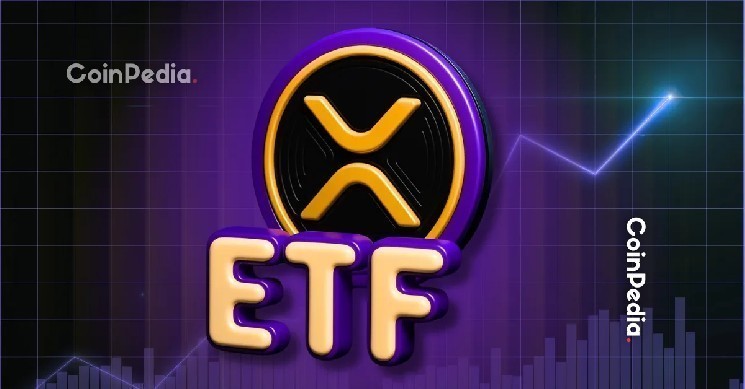Approval of XRP exchange traded fund (ETF) in the US has been delayed. The SEC suspended its review due to the government shutdown. This resulted in the postponement of applications from companies such as Grayscale, Bitwise, WisdomTree, Franklin Templeton, 21Shares, CoinShares, and Canary Capital. The suspension is only temporary. It doesn’t mean the ETF has been rejected.
institutional movement
As experts explained, major funds are not withdrawing. Instead, they adjusted their plans. Some used futures and other instruments to maintain exposure to XRP. Many people set aside funds for XRP ETFs this quarter and are currently waiting for a new schedule.
According to the survey, most institutions still want to invest in XRP even after the ETF is approved. Analysts expect it to be approved later this year, but it is likely to be approved by December.
Storage and payments
Ripple’s new stablecoin, RLUSD, is currently backed by BNY Mellon. This setup will link the token directly to the future ETF system. This could enable faster payments and help improve the use of XRP in global payments.
Ripple is also working with major banks like State Street to tokenize money markets. These projects use ISO 20022, a global banking messaging standard that fits well into XRP’s network.
market reaction
Even without ETFs, trading activity centered around XRP remains active. CME XRP futures have billions of dollars of open interest, suggesting steady institutional demand.
In Europe, XRP ETP is already traded under the MiCA framework. These products provide exposure to investors around the world while the US approval process continues.
A new way to access XRP
Institutions are exploring other ways to incorporate XRP into their portfolios. Some use structured notes or swaps to track the price of XRP. Some companies are testing XRP as a form of cross-border payments and collateral.
Ripple’s goal is to make XRP a part of regular financial infrastructure. This includes increased bank liquidity, faster settlement, and lower costs.
Regulation and timing
The SEC and CFTC are currently working more closely on digital asset rules. Regulators around the world are also updating their standards to support digital finance. This could help expedite ETF approval.
In Japan, SBI Holdings has already applied for a Bitcoin and XRP ETF, expressing confidence in XRP’s legal clarity.
Experts predict that if approved, the XRP ETF could attract $5 billion to $8 billion in the first month and reach up to $18 billion by the end of the year.
conclusion
This delay shows how mature the market is. XRP is no longer seen solely as a speculative token. This is becoming a key asset for payment systems and liquidity networks.
Once launched, the US ETF will directly connect XRP to traditional finance. While this delay is frustrating, it may help ensure a smoother and stronger launch later this year.


